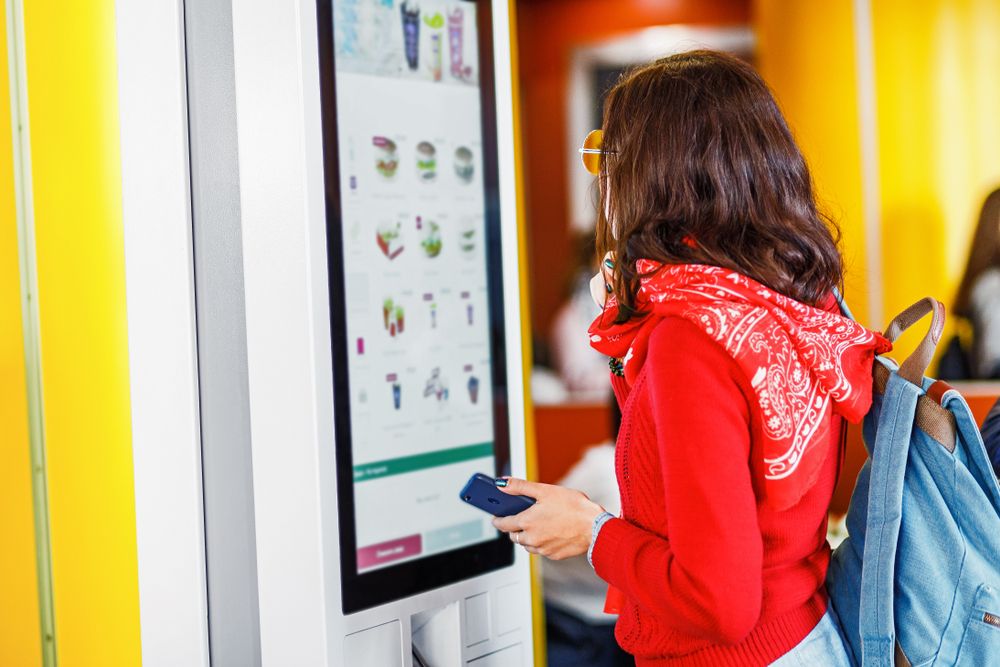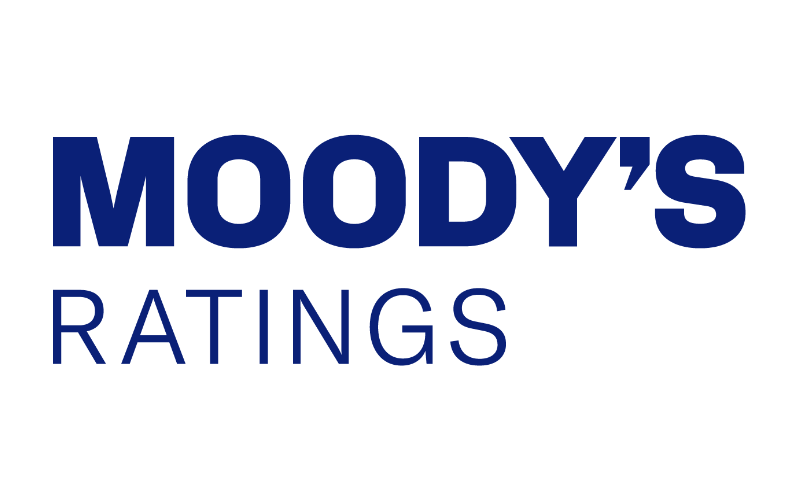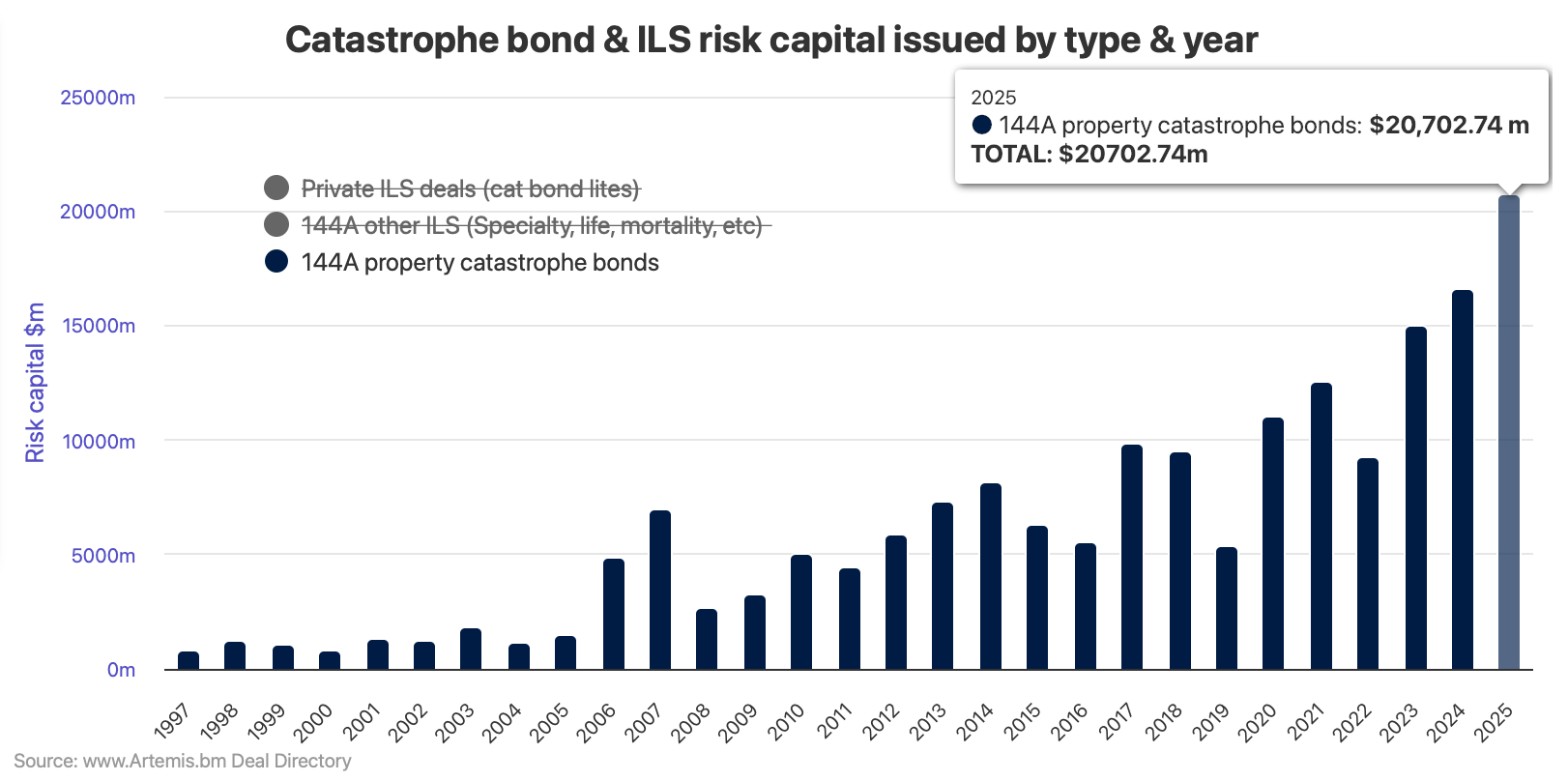
Being a business owner, it’s important that you stay on the cutting edge of new technologies to increase efficiency, drive business and gain an edge over your competition.Between the ubiquity of third-party delivery apps, curbside pickup and takeout orders, convenience has been the name of the game in the restaurant space.Here we take a look at some 2021 restaurant technology trends you may want to consider implementing this year.
Integrated POS Systems One of the more promising technology trends is fully integrated online ordering and point-of-sale (POS) systems.More and more businesses are leaning toward startups such as Clover because they offer convenience and efficiencies like: Online ordering systemsPayment processingContactless payment methodsOnline gift cardsCustomer rewards programsMiscellaneous financial servicesThe beauty of this type of all-in-one service is that you only have to deal with one vendor for most, if not all, of your needs.Plus, with all aspects of the customer journey, from ordering to pickup, working as a seamless process, you can more easily identify areas for optimization or upgrade.
Read, ‘3 Benefits of a Restaurant POS System.’ Third-Party Delivery Services Arguably the most dominant trend for restaurants is the explosion of third-party delivery apps such as GrubHub, DoorDash and UberEats.We previously covered the pros and cons that come with these services.Despite some of the cons we mentioned, the trend continues that more and more restaurants are choosing to engage in partnerships with these companies.
Additionally, their ubiquity is now becoming not just a customer luxury, but an expectation.PYMNTS.com had an insightful comment about this: “The third-party delivery space is growing rapidly.Both Grubhub and UberEats reported earnings of more than $5 billion in 2018, with the latter looking to grow its food delivery revenue to $10 billion this year.
Such growth means new challenges for the restaurants that are partnering with these services, however...The prevalence of third-party apps is pushing more chains and QSRs to consider ghost restaurants, which do not have dine-in locations and instead solely offer deliveries.” Ghost Restaurants No, ghost restaurants are not something to be afraid of.
They’re a trend that’s been picking up steam since the beginning of last year.While there are many names for it (ghost restaurant, digital kitchen, virtual restaurant, cloud kitchen, etc.), a ghost restaurant is simply a restaurant that doesn’t have dine-in options.They are usually a brick-and-mortar kitchen that solely offers take-out/curbside pickup.
Oftentimes, they work within existing kitchens to cut costs even further; and they have been gaining traction for a few years now, particularly during the pandemic. Having a virtual kitchen has been a great cost saver for a myriad of smaller restaurants who want to provide their tasty creations to locals without having the overhead costs that come with dine-in staff and supplies.In the same way that food trucks manage to provide lower cost opportunities to dining entrepreneurs, so too is the virtual kitchen.Considering expanding your restaurant to a new locale? Perhaps you can test the waters with a low-cost ghost kitchen before you commit to a grand opening.
Health Consciousness & Dietary Restrictions For a few years now, nutrition facts have become more important to consumers looking out for their health.You’ve probably noticed calorie counts on fast food menus — something we never thought we’d want to see.But more and more consumers want to know exactly what they’re putting into their bodies; and again, this is no longer a nice convenience, but a customer expectation.
In addition to nutrition information, dietary restrictions are becoming ever-prevalent.Vegetarianism, gluten-free alternatives, and veganism are all continuously on the rise, and savvy restaurateurs know not to exclude these customers.By failing to provide alternatives, at best you only lose a sale on one customer.
At worst, you miss out on sales from that customer’s dining party. Simple Menus Having a smaller menu allows for better quality control, lower overhead, improved consistency, and better service.It also allows dine-in customers to weigh their options quicker, allowing you to get them out the door quickly to seat the next eager diners.Additionally, identifying and perfecting a handful of dishes is easier and more effective than offering a massive menu with a wide variety of options.
Society Insurance is Here For Your Restaurant In addition to giving useful industry trends, tips, and tricks, Society Insurance is here to help you succeed in other ways.Our comprehensive restaurant and bar/tavern insurance policies protect you from spoilage and contamination, employment practices liabilities, and more.To learn how we can help take your restaurant to the next level, visit our website or get in touch with one of your local agents.
Share this post:FacebookTwitterLinkedinemail
Publisher: Society Insurance








